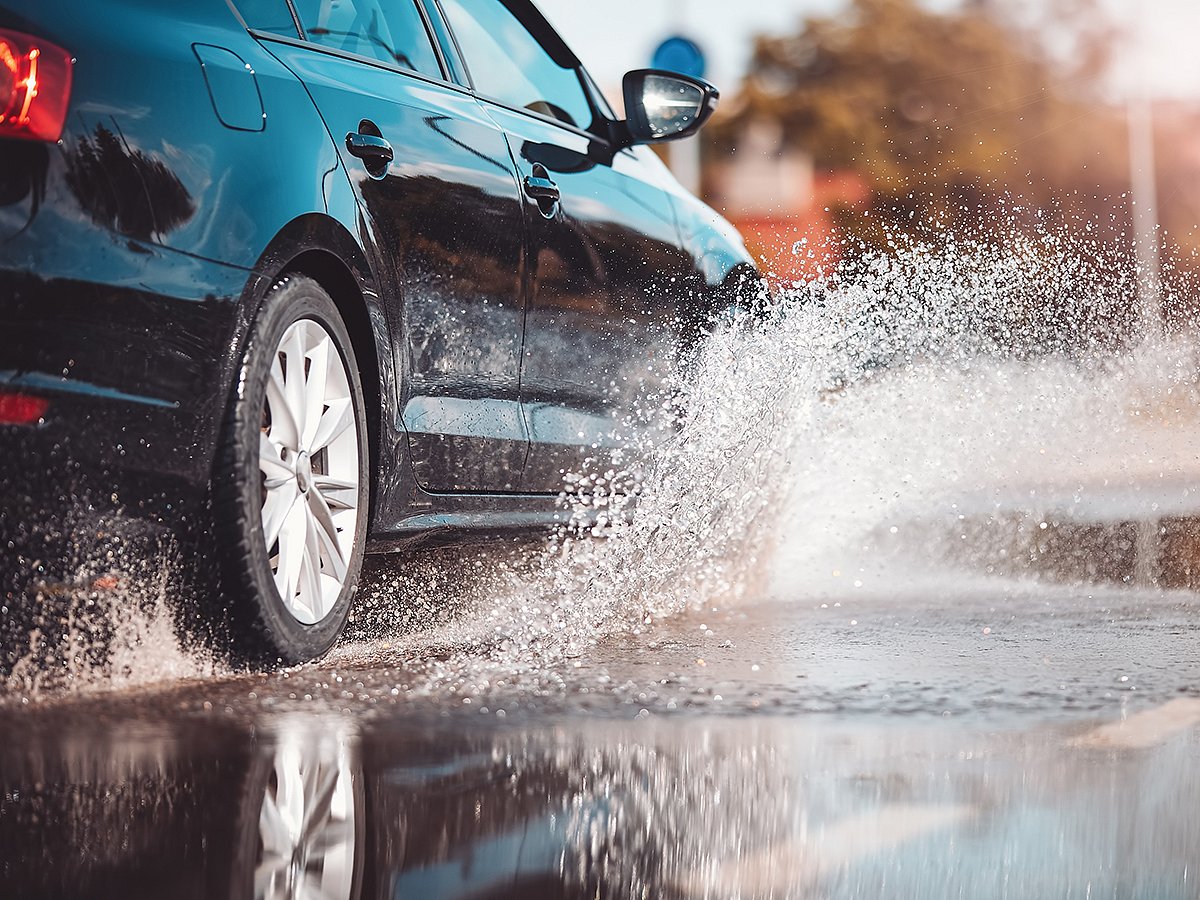Rain-ready in the UAE: Essential car care and driving tips for wet roads
From preventing hydroplaning to avoiding engine damage, follow these tips to stay safe

When rain lashes the UAE, it’s more than a rare weather event — it tests motorists unaccustomed to sustained wet conditions. Sudden downpours, slick highways, and flash floods can turn even routine commutes into risky ventures in minutes. Following this week’s rainfall, Dubai Police issued urgent advisories urging drivers to slow down, stay alert, and avoid streets where water has accumulated. With the National Centre of Meteorology forecasting more unstable conditions in the weeks ahead — typical during the seasonal shift from summer to winter — taking a few proactive steps can make all the difference. Whether you’re on Sheikh Mohammed bin Zayed Road or a narrow street in Ras Al Khaimah, these practical tips will help keep you safe and your vehicle in top condition.
Tyres, traction, technology and skill
Your tyres are your only point of contact with the road, and in wet conditions, their condition defines your safety margins. Tread depth should never fall below 3mm, as worn tyres greatly increase the risk of hydroplaning, a situation where a layer of water lifts the tyre off the tarmac, causing a sudden loss of steering, braking, and control. Check pressures regularly, as underinflation reduces water clearance and overinflation shrinks the contact patch, cutting grip. For those still on summer-spec or budget tyres, switching to all-season or wet-weather compounds with deeper grooves can make a tangible difference when the weather turns.
Modern car technologies — ABS, traction control, and stability systems — can help maintain control in wet conditions, but they cannot defy physics. These systems are aids, not replacements for driver skill or judgment. Firm, steady brake pressure works best; avoid pumping the pedal, which can disrupt ABS operation. If the car hydroplanes, ease off the accelerator, keep the wheels straight, and wait until grip returns. Smooth steering corrections and doubling your usual following distance go a long way in preventing accidents. And don’t forget to replace worn brake pads, as moisture on old or glazed discs can increase stopping distances significantly.
Visibility
Visibility is often the first casualty in heavy rain. Wiper blades should be replaced every six to eight months, especially in the UAE’s heat, which hardens rubber. Rain-repellent treatments on windshields and mirrors help water bead and roll off, while keeping washer fluid topped up is essential for clearing muddy sprays post-rain. Use low-beam headlights — never high beams — which reflect off raindrops and worsen vision for everyone. Clean headlights and taillights regularly to maintain light output. Inside the cabin, fogging can be managed with air-conditioning or defog modes while balancing the temperature.
Engine and flood awareness
Flooded roads are among the most treacherous hazards after rain. Avoid water deeper than half your tyre height; even SUVs aren’t immune to water-related damage. Crossing shallow puddles slowly and steadily reduces the risk of water entering the air intake or exhaust, and gently applying brakes afterward helps dry the discs. If your engine stalls in water, never attempt to restart it. Towing is far safer than risking hydrolock, which can cause severe engine damage and may complicate insurance claims.
Cabin, electronics and aftercare
Water can creep into the cabin through door and window seals, causing corrosion or mould. Remove wet mats immediately and use moisture-absorbing pouches to reduce humidity. Luxury and EV owners should inspect electronics for damp exposure, as water ingress can trigger costly failures. Once the rain subsides, a quick round of post-storm checks — rinsing mud and grit from the underbody, testing brakes at low speed, and ensuring EV charging ports are dry — can prevent long-term issues.
Sporadic but intense rains in the UAE need not cause chaos on the roads. With preparation, awareness, and measured driving, wet-weather conditions can be navigated safely. Respect the elements, understand your vehicle’s limits, and let technology assist rather than replace your judgment. A few minutes of preventive care before and after a storm can save thousands of dirhams — and, far more importantly, protect lives.
Sony Thomas is a senior automotive journalist
Network Links
GN StoreDownload our app
© Al Nisr Publishing LLC 2025. All rights reserved.